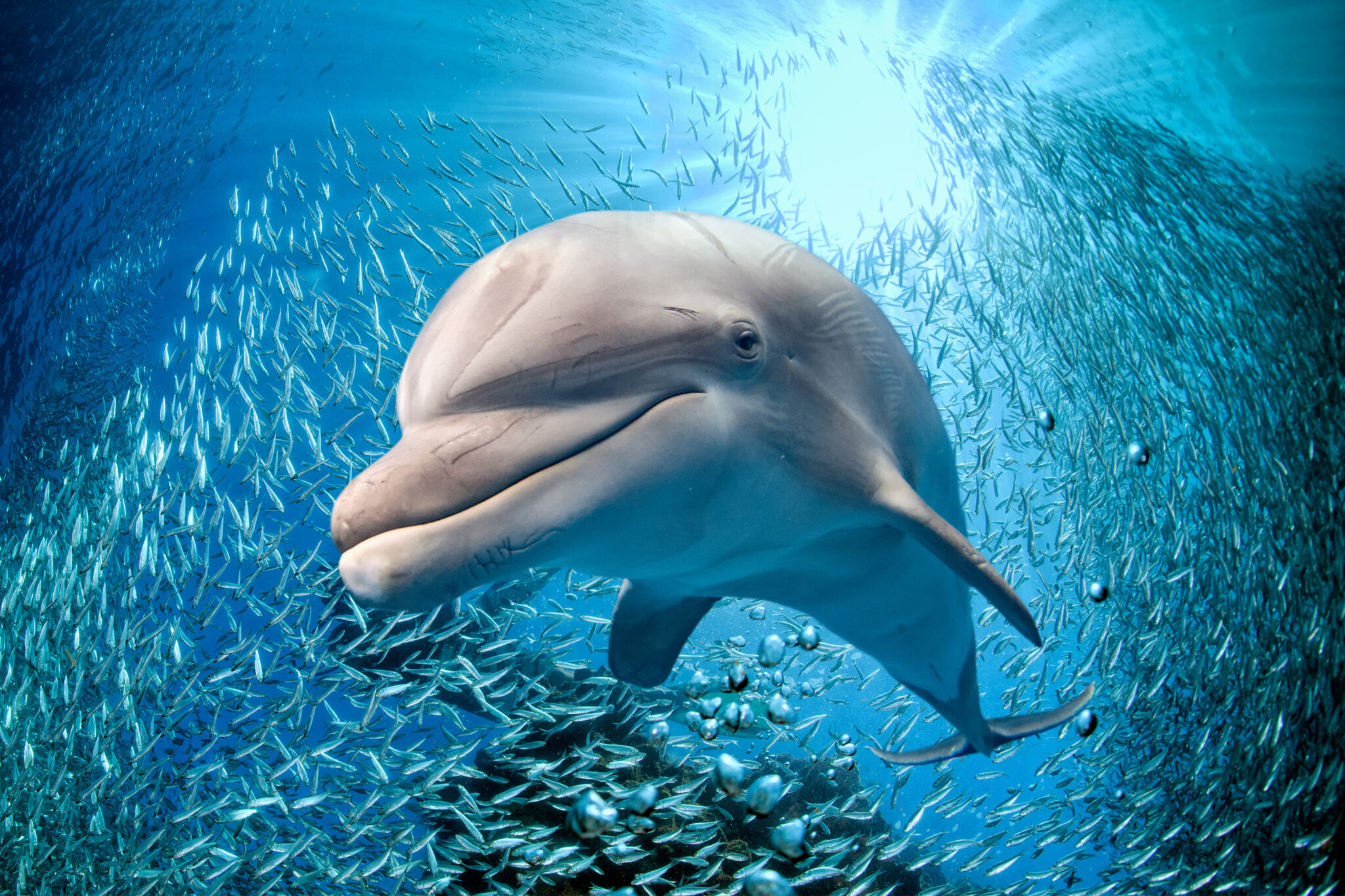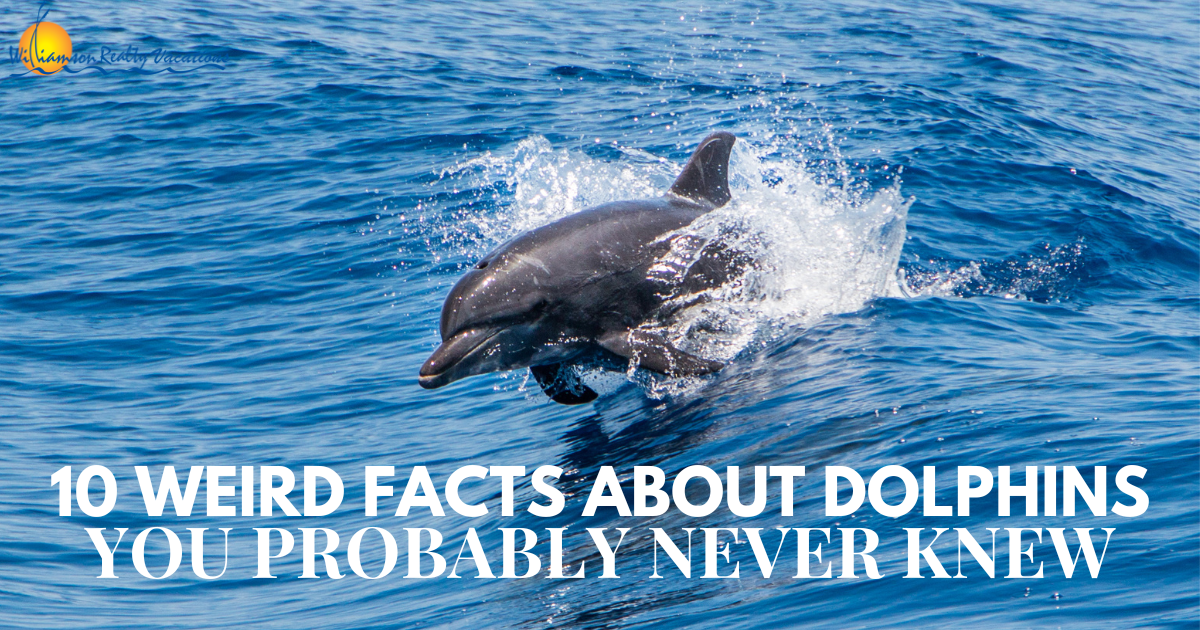Get Influenced by Dolphin Facts That Emphasize Their Problem-Solving Talents
Get Influenced by Dolphin Facts That Emphasize Their Problem-Solving Talents
Blog Article
Introduction Dolphin Information: Nature's Intelligent Marine Mammals
Dolphins, typically regarded as one of the sea's most smart citizens, exhibit a remarkable range of actions and social structures that call for closer assessment. With over 40 distinctive species, these marine animals not just demonstrate exceptional interaction skills and complicated social communications yet additionally possess advanced cognitive capabilities that test our understanding of non-human knowledge.
Dolphin Species Diversity
Dolphins are a diverse group of marine mammals belonging to the household Delphinidae, which includes over 40 unique types. This household consists of widely known types such as the typical bottlenose dolphin (Tursiops truncatus), the orca or killer whale (Orcinus orca), and the risso's dolphin (Grampus griseus) Each species displays special physical characteristics, behaviors, and adaptations that enable them to thrive in various aquatic atmospheres.
Dolphin types vary dramatically in size, ranging from the small Maui's dolphin (Cephalorhynchus hectori) at approximately 1.2 meters to the whale, which can reach lengths of up to 9 meters. Their coloration also varies, with some types showing striking patterns that aid with camouflage or social signaling. Furthermore, dolphins occupy diverse environments, from seaside areas and estuaries to the open ocean, showcasing their adaptability.
Study right into dolphin species diversity highlights the ecological value of these animals, as they play vital duties in aquatic environments. Recognizing the numerous types is crucial for conservation initiatives, as numerous face risks from habitat climate, loss, and contamination adjustment, requiring targeted defense actions to guarantee their survival.
Social Structures and Habits
The complexity of dolphin varieties is mirrored in their intricate social frameworks and habits. Dolphins are known for their extremely social nature, frequently developing teams called pods, which can range from a few individuals to over a hundred. These capsules are normally made up of relative, showcasing a matrilineal framework where women play a main duty in preserving social bonds and supporting children.

Additionally, some varieties of dolphins, such as whales, demonstrate facility social habits that can consist of sub-pods or clans with unique cultural techniques. These social structures are critical for the survival and health of dolphin populations, as they facilitate interaction, teamwork, and the transmission of understanding throughout generations. Understanding these social characteristics is essential for preservation initiatives and the security of their natural environments.
Interaction Methods
Among the different methods of interaction, dolphins make use of an innovative variety of interaction methods that facilitate social cohesion and coordination within their sheathings. These methods incorporate vocalizations, body movement, and echolocation, each offering distinct features in their social communications.
Dolphins generate a large range of clicks, whistles, and pulsed sounds, which work as their key vocal communication. Each dolphin has an one-of-a-kind signature whistle, similar to a name, that permits individuals to determine one an additional also in huge teams. These articulations can share various messages, such as notifying others to risk or working with team activities during hunting.
Along with vocalizations, body language plays an essential role in dolphin communication. Dolphin positions, such as jumping, rotating, or even refined shifts in positioning, convey moods and objectives. Aggressive displays may prevent competitors, while lively behaviors can improve social bonds - Dolphin Facts.
Echolocation, an organic finder system, more help in navigating and searching. By releasing acoustic waves and interpreting the returning echoes, dolphins can locate prey and obstacles properly, showing their impressive flexibility in intricate aquatic atmospheres. Jointly, these communication methods highlight the elaborate social lives of dolphins, highlighting their intelligence in browsing their underwater globe.

Intelligence and Trouble Addressing
Identified for their advanced interaction abilities, dolphins likewise exhibit impressive intelligence and problem-solving capabilities that further boost their social communications. Their cognitive capacities are evidenced by their ability to discover intricate tasks, comprehend abstract concepts, and adapt to different ecological challenges. Research study has actually shown that dolphins can resolve detailed problems, demonstrating not only their cognitive adaptability but likewise their ability for planning and foresight.
Dolphins usually participate in cooperative searching strategies, showcasing their capability to work as a natural device. This teamwork requires advanced analytic skills, as they need to analyze their atmosphere, identify potential prey, and coordinate their activities to attain a common goal. Additionally, dolphins have been observed utilizing devices, such as marine sponges, to secure their snouts while foraging on the sea flooring, additional exhibiting their cutting-edge analytic capabilities.

Human-Dolphin Interactions
Human-dolphin interactions have astounded fanatics and scientists alike, highlighting the complex connection in between these smart aquatic animals and humans. From ancient times, dolphins have actually been depicted in art and mythology, representing consistency and knowledge (Dolphin Facts). Modern interactions range from clinical study and conservation efforts to leisure tasks like dolphin watching and swimming with dolphins
Research study has actually shown that dolphins have progressed social structures and interaction abilities, which facilitate their communications with humans. These experiences commonly foster emotional connections, check with lots of people reporting feelings of happiness and compassion throughout such experiences. Nonetheless, it is important to come close to these communications with care, as human tasks can interfere with dolphin behaviors and habitats.
Conservation campaigns progressively focus on advertising accountable interactions, ensuring that human excitement does not jeopardize dolphin welfare. Education and learning programs aim to raise recognition regarding the ecological relevance of dolphins, stressing the need for sustainable practices.
Conclusion
In recap, dolphins exemplify amazing knowledge and adaptability within diverse aquatic settings. Continued research and recognition are crucial for promoting a much deeper understanding of dolphins and promoting their welfare in a significantly endangered ecosystem.
Dolphin species vary substantially in dimension, varying from the small Maui's dolphin (Cephalorhynchus hectori) at roughly 1.2 meters to the orca, his response which can reach sizes of up to 9 meters. Dolphins show a selection of social communications, including grooming and physical get in touch with, which serve to strengthen partnerships and develop power structures.
Recognized for their advanced communication abilities, dolphins also display amazing intelligence and analytic abilities that better enhance their social communications. Modern communications vary from scientific study and conservation efforts to recreational activities like dolphin watching and swimming with dolphins.
Research study has demonstrated that dolphins possess advanced social frameworks and interaction skills, which facilitate their interactions with human beings.
Report this page